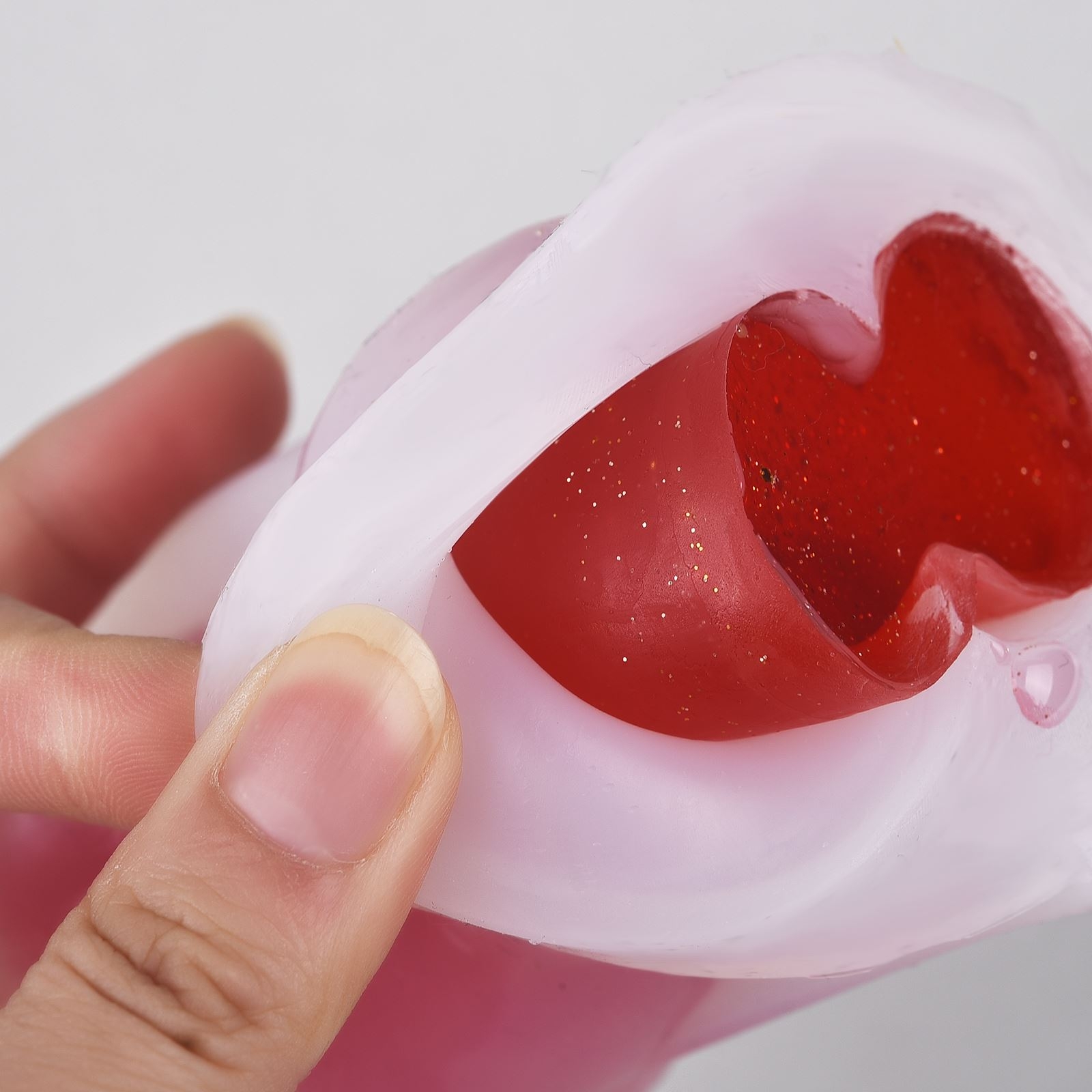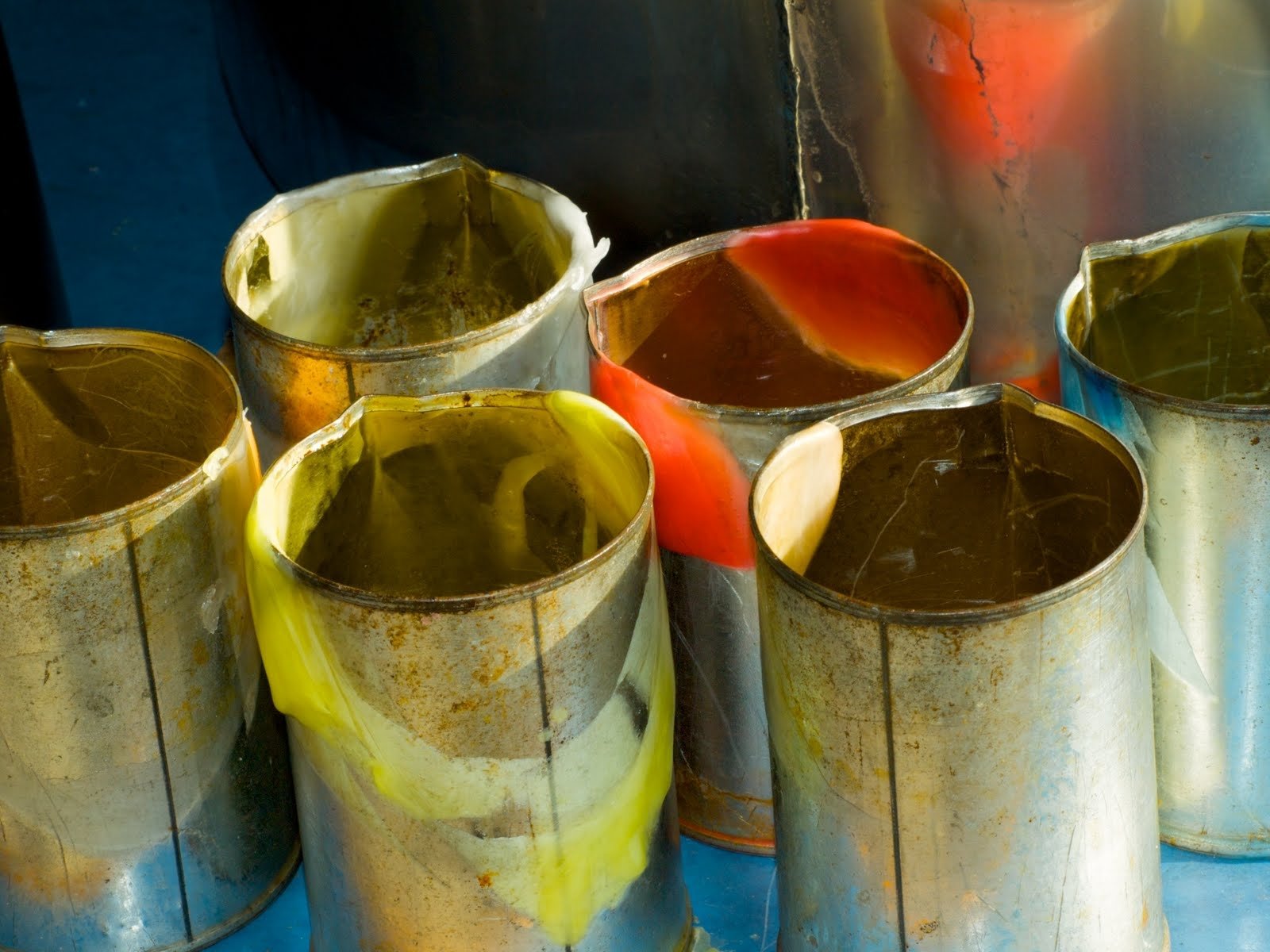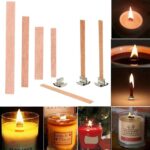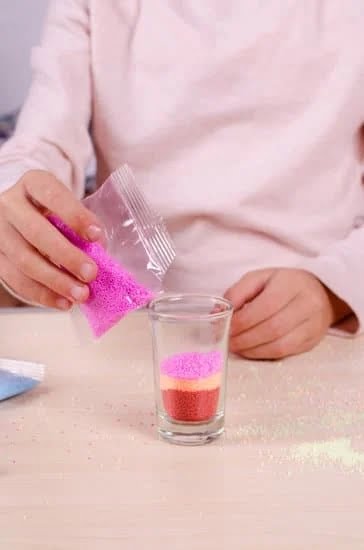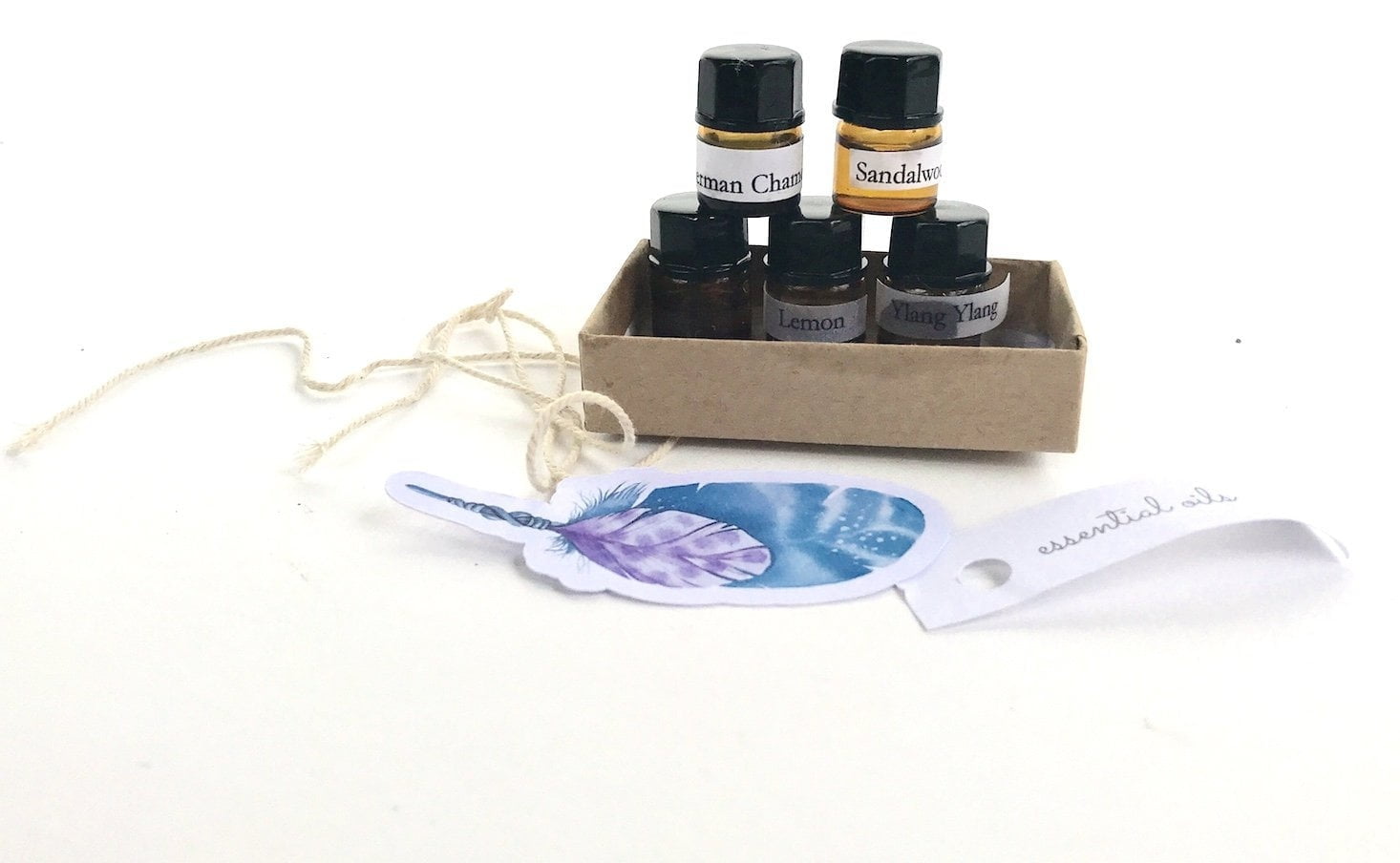Candle making with animal fat has been a traditional practice for centuries, dating back to ancient civilizations. This method of candle making has been used for both practical and ceremonial purposes, and continues to be popular among crafters and artisans today. In this article, we will explore the history of candle making with animal fat, the types of animal fat used in candle making, as well as the benefits and challenges of using animal fat in this craft.
For those looking to create their own unique candles, using animal fat can provide a sustainable and cost-effective alternative to store-bought wax. The process of making candles with animal fat allows for a deeper connection to the materials used, as well as a greater appreciation for the traditional methods of candle making.
Throughout this article, we will delve into the step-by-step process of creating candles with animal fat, including safety precautions that should be taken when working with these materials. Additionally, we will offer valuable tips on choosing the best type of animal fat for candle making to achieve optimal results. Whether you are new to candle making or have experience in the craft, exploring the world of candle making with animal fat can open up new creative possibilities.
History of Candle Making With Animal Fat
Candle making with animal fat has a long and rich history dating back to ancient times. The use of animal fat, also known as tallow, in candle making can be traced back to civilizations such as the Ancient Romans and Egyptians. In fact, tallow candles were the most common type of candle used for centuries before the introduction of other materials such as beeswax and paraffin.
The production of tallow candles was an essential part of daily life in many cultures. Animal fat, usually derived from beef or mutton, was readily available and provided a cost-effective source of lighting for households. Tallow candles were also widely used for religious ceremonies and in various industries before the advent of modern lighting technologies.
The process of making candles with animal fat has evolved over the centuries, from hand-dipped tapers to mass production using molds and machinery. While tallow candles have lost popularity in recent years due to the availability of other candle-making materials, there has been a resurgence of interest in using animal fat for its historical significance and sustainability.
Today, crafters and artisans are rediscovering the traditional art of candle making with animal fat, creating unique and eco-friendly products that celebrate this time-honored practice.
Types of Animal Fat Used in Candle Making
When it comes to candle making, animal fat has been a traditional and widely used ingredient for centuries. The types of animal fat used in candle making can vary, each offering unique qualities and characteristics that affect the final product. In this section, we will explore some of the most common types of animal fat used in candle making and how they contribute to the overall process.
Beef Tallow
One of the most historically significant animal fats used in candle making is beef tallow. Tallow is derived from the fatty tissue of cattle and has been prized for its high melting point and long-lasting burn time. Candles made with beef tallow are known for their steady, bright flame and minimal smoke production.
Lard
Lard, which is rendered pig fat, is another popular choice for candle making. Lard candles offer a clean and odorless burn, making them ideal for use in religious ceremonies or as a source of light in households. The relatively low cost and widespread availability of lard also make it an attractive option for candle makers.
Suet
Suet, typically sourced from sheep or cows, is another type of animal fat commonly used in candle making. Known for its firm texture and high stearic acid content, suet produces candles with a desirable white color and pleasant aroma when burned. This makes it a popular choice for crafting decorative or scented candles.
Each type of animal fat brings its own set of unique characteristics to candle making, allowing crafters to achieve different effects and qualities in their finished products. Whether it’s the purity of suet or the affordability of lard, understanding the distinctions between these fats can help candle makers create candles that meet specific needs and preferences.
Benefits of Using Animal Fat in Candle Making
Candle making using animal fat has been a traditional method for creating candles for centuries. This method not only offers an alternative to using vegetable-based waxes, but it also provides numerous benefits. One of the main advantages of using animal fat in candle making is its cost-effectiveness. Animal fat, such as tallow or lard, is often readily available and inexpensive, making it a more affordable option for candle makers.
In addition to being economical, animal fat candles also have a longer burn time compared to other types of candles. The higher melting point of animal fat allows these candles to burn slower and more evenly, resulting in a longer-lasting candle.
Furthermore, candles made with animal fat tend to produce a brighter flame and emit less smoke than those made with other materials. This can make them a desirable choice for consumers looking for cleaner-burning and more efficient candles.
Moreover, using animal fat in candle making can be environmentally friendly. When sourced from sustainable and ethical suppliers, animal fats provide an eco-friendly option for candle production.
In contrast to some petroleum-based waxes or paraffin, which are non-renewable resources, animal fats can be derived from the by-products of the meat industry or from animals raised for food consumption. This means that utilizing animal fats for candle making can contribute to reducing waste and promoting sustainability in the candle industry.
| Benefit | Description |
|---|---|
| Cost-effectiveness | Animal fat is often readily available and inexpensive. |
| Longer burn time | The higher melting point of animal fat allows for a longer-lasting candle. |
| Environmentally friendly | Animal fats can be derived from sustainable sources, contributing to eco-friendly candle production. |
Challenges of Using Animal Fat in Candle Making
Candle making with animal fat has a long history, but it comes with its own set of challenges. For centuries, people have been using animal fat as a source of fuel for lighting and heating. Utilizing tallow, lard, or other animal fats in candle making has its own unique benefits and drawbacks.
Odor
One of the main challenges of using animal fat in candle making is the potential for odor. Animal fats can sometimes produce a strong, unpleasant smell when burned. This can be off-putting to many individuals who prefer candles with more neutral or pleasant scents. However, this challenge can be mitigated by adding essential oils or fragrance oils to mask the natural odor of the animal fat.
Burning Characteristics
Another challenge is that animal fats have different burning characteristics compared to other types of waxes commonly used in candle making. Animal fat candles may have a lower melting point and softer consistency, which can affect their burning time and overall performance. It may require some experimentation and tweaking of the candle-making process to achieve the desired burning characteristics when using animal fat.
Limited Availability
While animal fat was historically abundant due to the prevalence of animal husbandry for meat and other products, obtaining high-quality and sufficient quantities of specific types of animal fat for candle making purposes can be challenging in modern times. The limited availability of certain types of animal fat may pose a significant obstacle for those interested in utilizing it as a primary ingredient in candle making.
Despite these challenges, many individuals continue to explore the use of animal fat in candle making due to its historical significance and unique properties. By addressing these difficulties through careful selection and processing of animal fats, candle makers can create beautiful, sustainable products with an ancient touch.
Step-by-Step Guide to Making Candles With Animal Fat
Making candles with animal fat is a traditional and sustainable way to create beautiful, long-lasting candles. Here is a step-by-step guide to making candles using animal fat:
1. Render the Animal Fat: Start by obtaining high-quality animal fat from a reputable source. The most commonly used fats for candle making are beef tallow, lard (pig fat), and mutton tallow (sheep fat). To render the animal fat, chop it into small pieces and place it in a large pot. Heat the fat over low heat until it completely melts, then strain out any impurities.
2. Prepare the Wicks and Molds: While the animal fat is melting, prepare your candle wicks and molds. Cut your wick to the desired length, making sure it is slightly longer than the height of your mold. Secure the wick in the center of the mold using a wick holder or by tying it to a pencil laid across the top of the mold.
3. Pouring the Candles: Once your animal fat is rendered and any impurities have been strained out, carefully pour it into your prepared candle molds. Leave a small amount of space at the top to allow for shrinkage as the candles cool.
4. Cooling and Trimming: Allow your candles to cool completely at room temperature for several hours or overnight. Once they are fully set, trim the wick down to about half an inch above the candle’s surface.
5. Enjoy Your Handmade Candles: Once trimmed, your candles made with animal fat are ready to be enjoyed. Light them up and revel in their warm, natural glow.
By following this step-by-step guide, you can create beautiful, eco-friendly candles using animal fat as a sustainable alternative to commercial wax products.
| Types of Animal Fat Used | Rendering Temperature |
|---|---|
| Beef Tallow | 250-300°F |
| Lard (Pig Fat) | 275-325°F |
| Mutton Tallow (Sheep Fat) | 250-300°F |
Safety Precautions When Working With Animal Fat in Candle Making
When working with animal fat in candle making, it’s essential to take certain safety precautions to ensure a safe and enjoyable crafting experience. Animal fat can be a wonderful and sustainable ingredient for making candles, but it does require special care and attention due to its unique properties.
Here are some safety precautions to keep in mind when working with animal fat in candle making:
- Use proper equipment: When working with animal fat, make sure to use heat-resistant containers and utensils. Avoid using plastic or other materials that may melt or catch fire. Invest in a good quality double boiler to safely melt the animal fat without direct heat.
- Ventilation: Animal fat can produce smoke and odor when melted, so it’s important to work in a well-ventilated area. Open windows or use a fan to ensure good airflow while melting the fat and pouring the candles.
- Protective clothing: Wear protective clothing, such as an apron or old clothes, to protect yourself from spills and splatters. Additionally, wearing gloves can help prevent burns from hot animal fat.
- Keep an eye on the temperature: Animal fat can ignite if overheated, so it’s important to monitor the temperature closely while melting it. Use a thermometer to ensure that the fat is heated to the appropriate temperature for candle making.
By following these safety precautions, candle makers can enjoy the process of using animal fat in their creations while ensuring a safe environment for themselves and others involved in the crafting process.
Tips for Choosing the Best Animal Fat for Candle Making
When it comes to choosing the best animal fat for candle making, there are a few key factors to consider. The type of animal fat used can have a significant impact on the quality and characteristics of the resulting candles. Here are some tips for selecting the best animal fat for candle making:
1. Consider the melting point: Different animal fats have different melting points, which can affect how well the candles will hold their shape and burn. For example, tallow, which is derived from beef or mutton fat, has a higher melting point compared to lard, which is derived from pig fat. Consider the climate and environment where the candles will be used when choosing an animal fat with an appropriate melting point.
2. Quality of the fat: The quality of the animal fat used in candle making will also impact the final product. Look for high-quality, pure animal fats that are free from impurities or additives. Rendered fats from organic and sustainably raised animals may produce better quality candles.
3. Scent characteristics: Some animal fats may impart a distinct scent to the candles, which can add to their appeal or detract from it depending on personal preference. For example, beef tallow may have a slightly meaty odor that some people find unpleasant, while lard may have a more neutral scent.
4. Availability and ethical considerations: When choosing an animal fat for candle making, consider factors such as availability, cost, and ethical considerations related to animal products. Be sure to source your animal fat from reputable suppliers that adhere to ethical and sustainable practices in obtaining their raw materials.
By carefully considering these factors when choosing an animal fat for candle making, you can ensure that you select the best option for creating high-quality candles with desirable characteristics.
Conclusion
In conclusion, the use of animal fat in candle making has a rich history and continues to be a viable option for those looking to create their own candles. While the production and use of animal fat in candle making may not be as widespread as it once was, there is a growing interest in traditional and sustainable methods of creating candles.
As consumers become more conscious of the environmental impact of their purchasing choices, there is a renewed appreciation for the use of animal fat in candle making.
Despite the challenges and considerations involved in working with animal fat, there are clear benefits to using this natural and renewable resource. Animal fat candles can burn longer and cleaner than those made with other types of wax, and they also provide a unique aesthetic and historical appeal that many consumers appreciate. As such, it is likely that we will continue to see a niche market for animal fat candles, whether produced commercially or by individual artisans.
While soy and beeswax candles have gained popularity in recent years, the future of candle making with animal fat remains promising for those who value tradition, sustainability, and quality. Whether you are new to candle making or an experienced enthusiast, exploring the use of animal fat in your candle creations can be a fulfilling and rewarding endeavor. With proper knowledge, techniques, and safety precautions, there is great potential for this time-honored practice to endure for years to come.
Frequently Asked Questions
Can You Make Candles With Animal Fat?
Yes, candles can be made with animal fat. Historically, animal fat was commonly used to make candles before the widespread use of other materials like beeswax and paraffin. However, it is less common today due to cultural and ethical reasons.
Are Candles Still Made With Animal Fat?
While some traditional candle-makers may still use animal fat as a source of fuel for candles, it is not as prevalent in the modern candle-making industry. Many companies have shifted towards using alternative substances such as soy wax or palm oil for ethical and environmental reasons.
Can Fat Be Used to Make Candles?
Fat can indeed be used to make candles. In the past, tallow (animal fat) was commonly used for this purpose. It can still be utilized today by those who prefer a more traditional or sustainable approach to candle-making. However, there are now numerous alternative materials available for creating candles, catering to various preferences and needs.

Welcome to my candle making blog! In this blog, I will be sharing my tips and tricks for making candles. I will also be sharing some of my favorite recipes.

